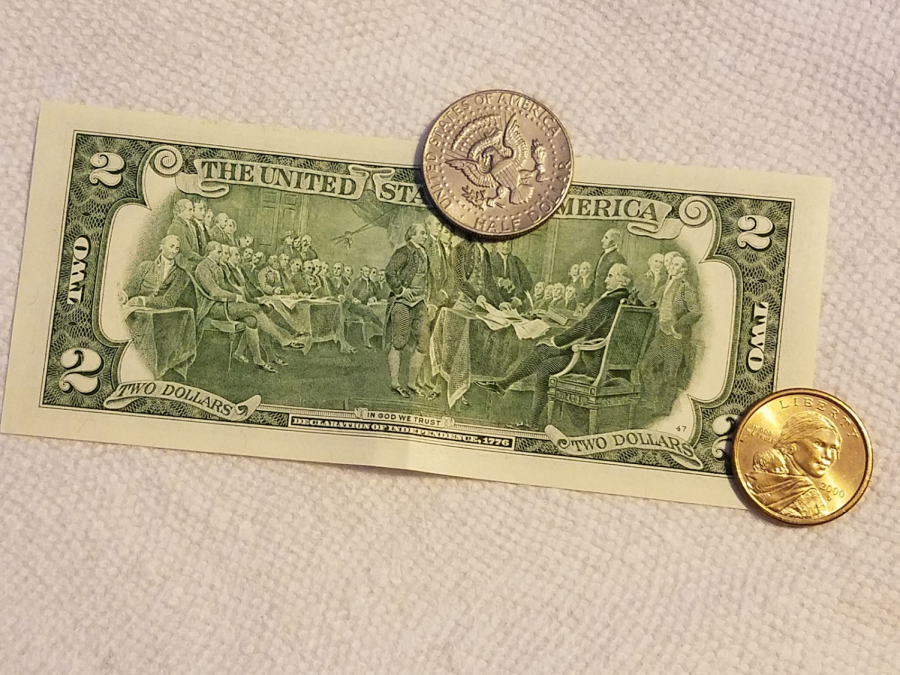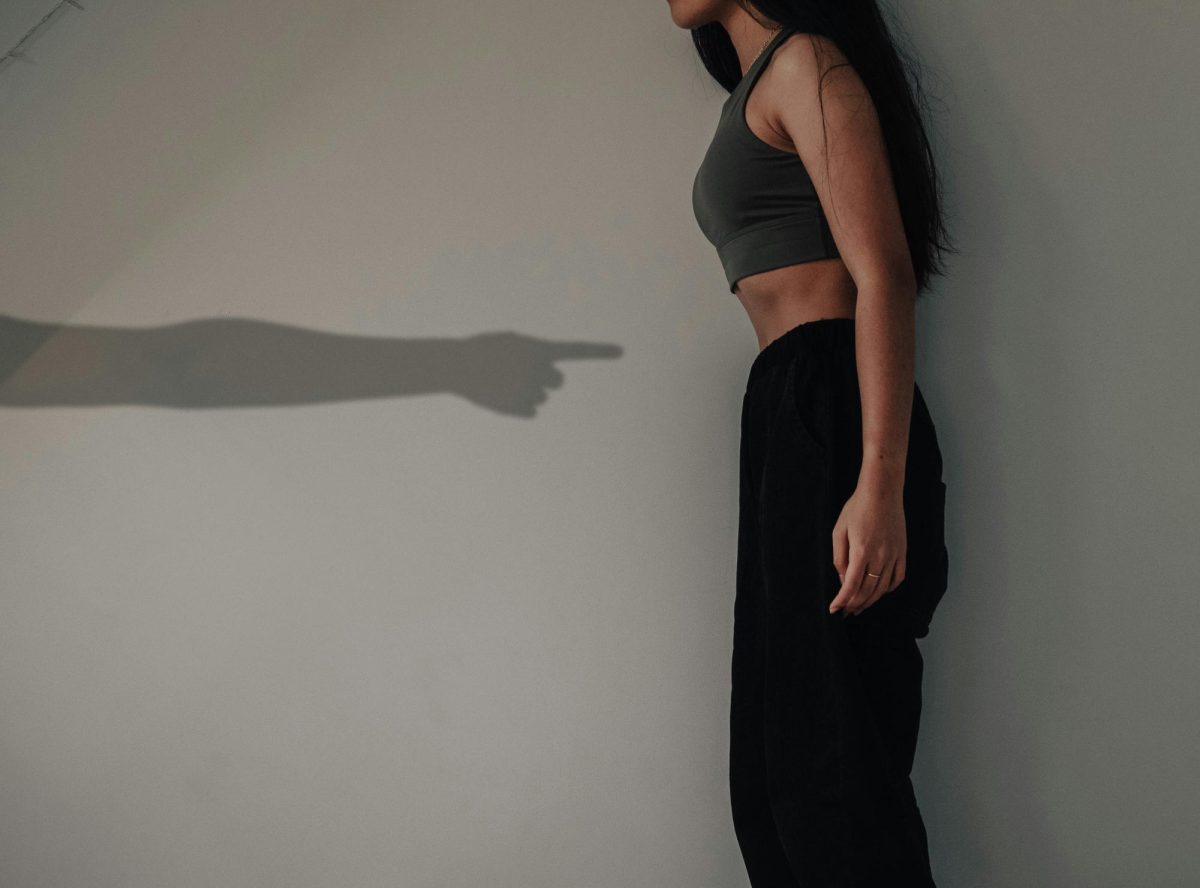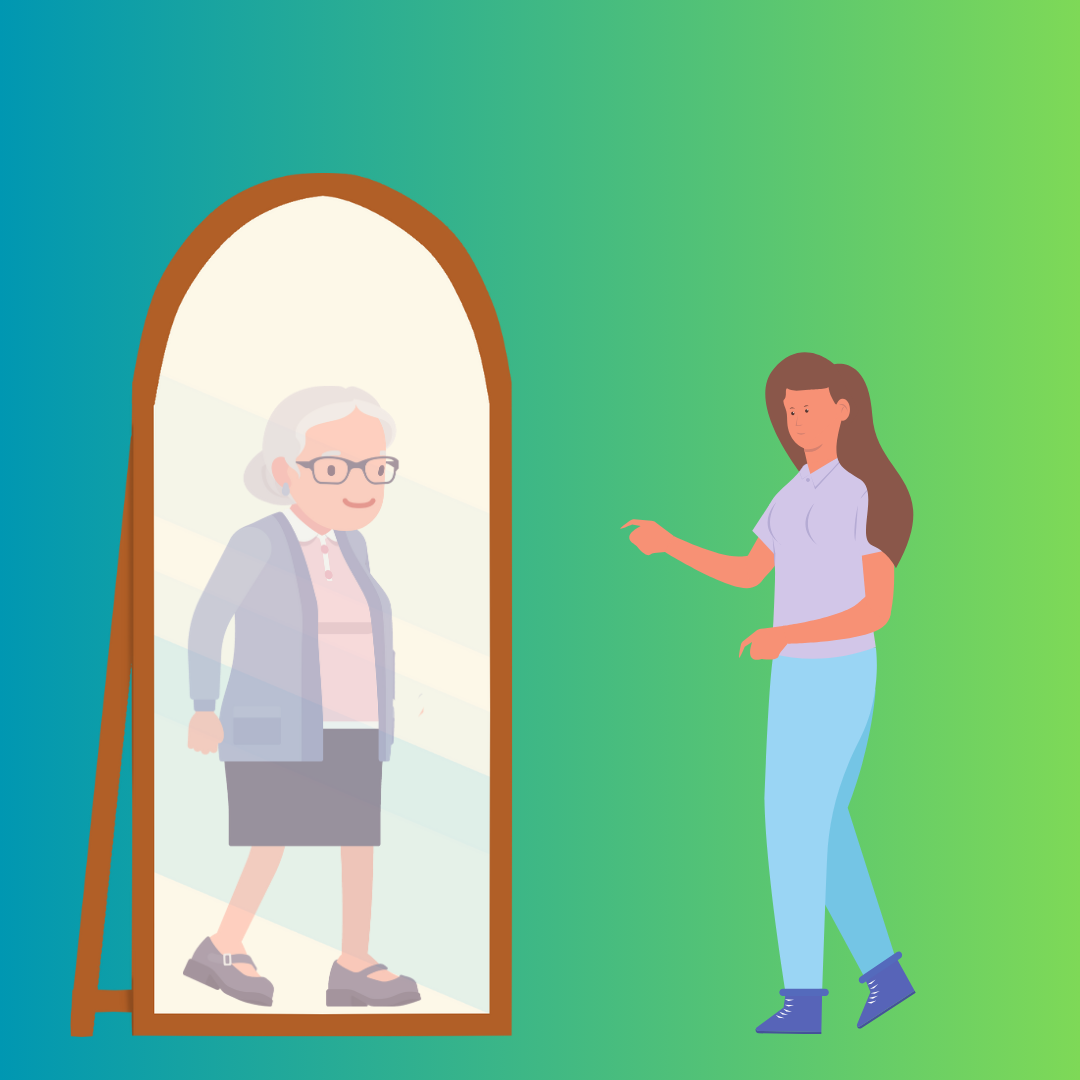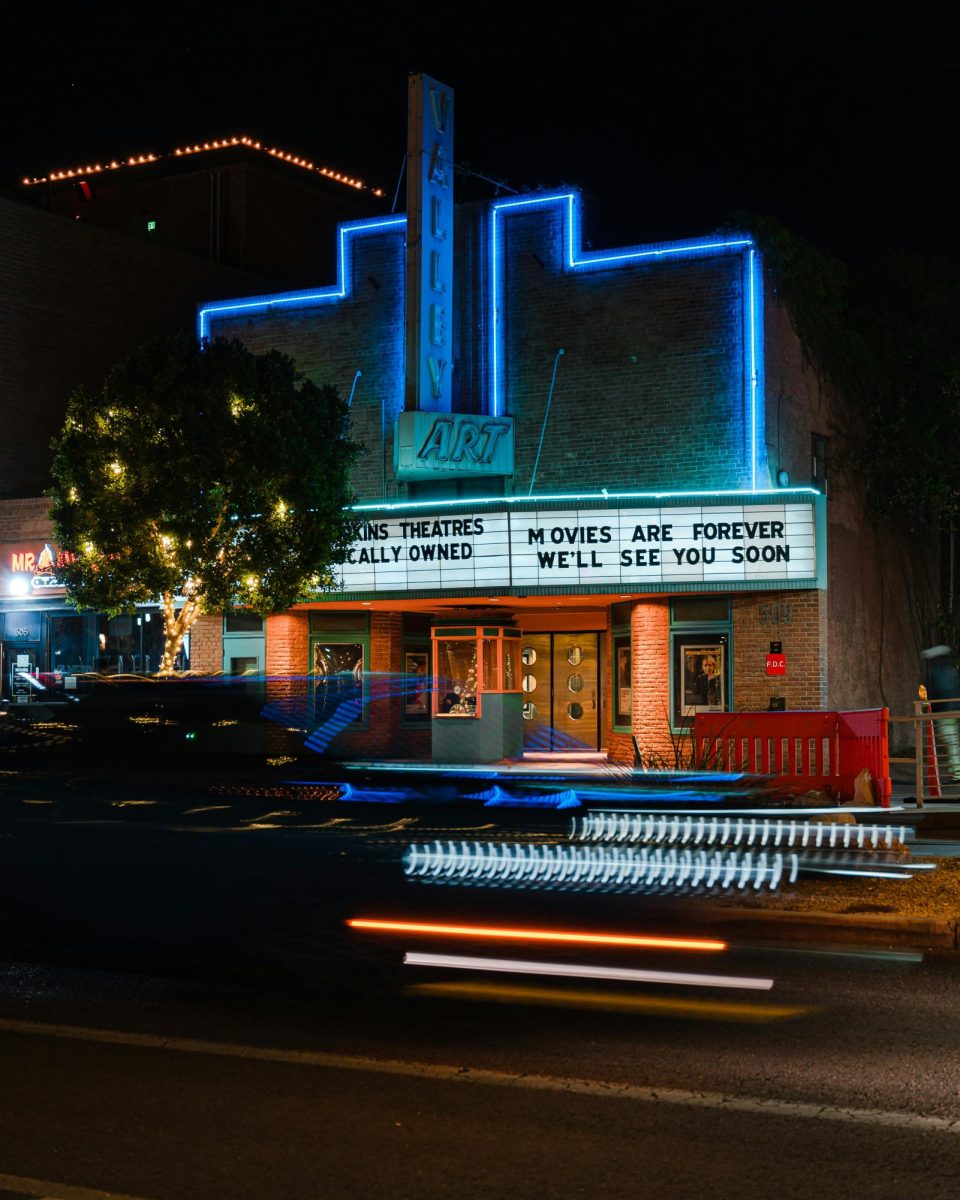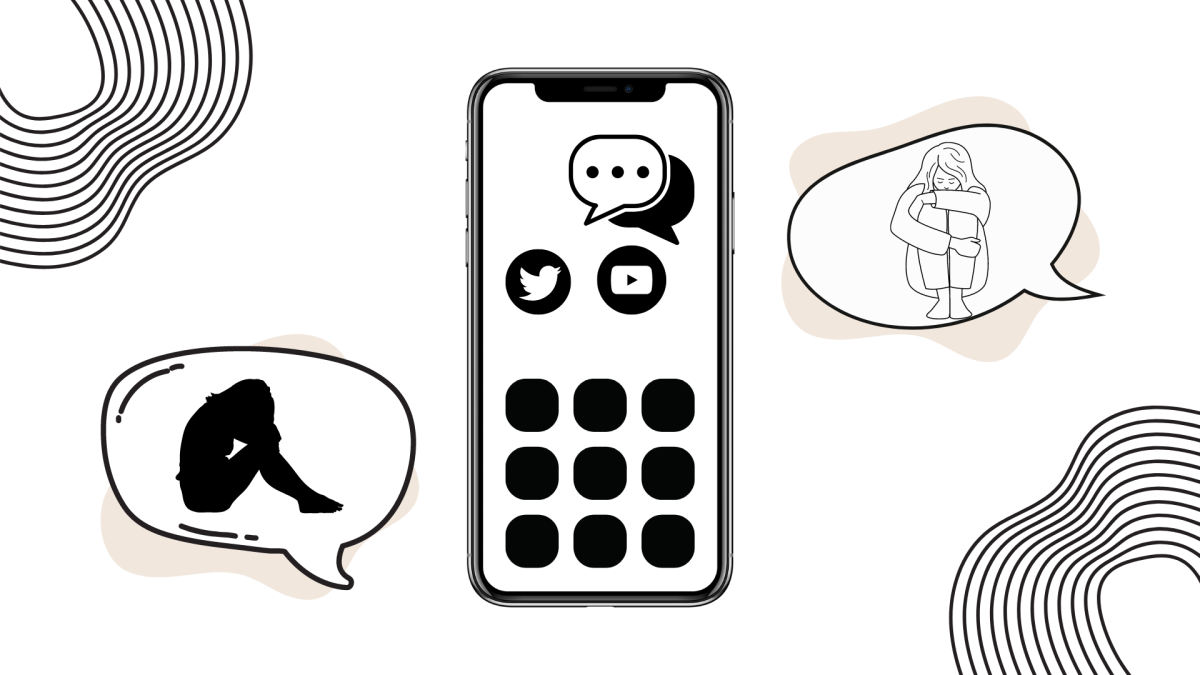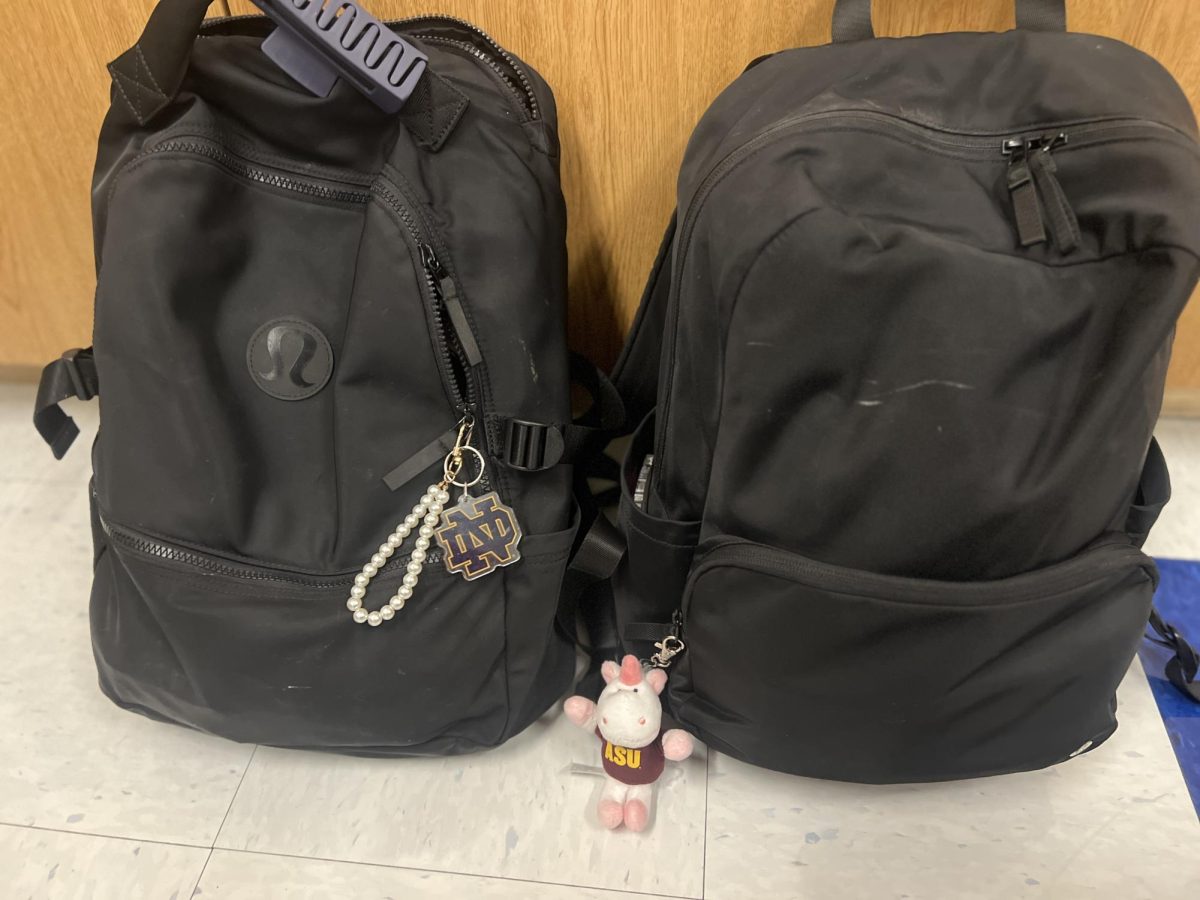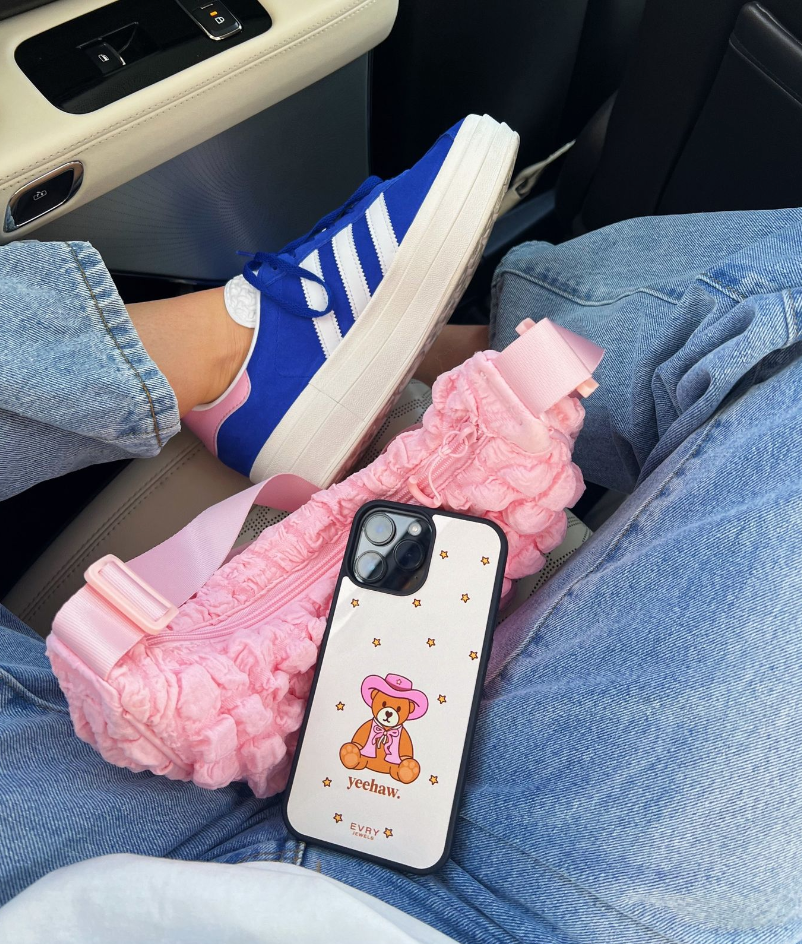$2 bills have always brought with them a certain level of mystique. Featuring a reverse design as ornate as any American bill, they have been incessantly hoarded by the American populace due to the scarcity with which they appear in everyday transactions.
The primary reason behind America’s rejection of the bill stems from the history of the note itself. Until 1976, $2 bills had relatively low production figures but were still common in transactions, as were a dollar and half dollar coins.
However, that all changed with the celebration of the country’s bicentennial anniversary. To celebrate 200 years as a free nation, the U.S. Treasury and Mint redesigned and increased production for the $2 and minted special commemorative editions of the quarter, half dollar and Eisenhower dollar coins.
Unfortunately, in all cases except the quarter, the public saw the limited-edition versions of the already lesser-used currency as collectibles and hoarded nearly all of them, despite the fact that they have no extra value.
Hoarding continued even after the traditional designs returned, resulting in numerous headaches for the U.S. Government. Taxpayers would now foot the bill for the production of increased numbers of smaller-denomination coins and bills, which use more resources per dollar issued. For example, a $2 bill costs about as much to print as a $1, requiring two of the latter to make up for the loss of the former.
The hoarding ultimately doomed the Eisenhower dollar, which was last produced in 1978. It did no favors to the half dollar either, driving down production in a decline that continues today. However, the $2, which retains the commemorative design for no other reason than that it looks good, continues to be used enough to merit surprising production numbers.
Though they are still found in birthday cards or industries that cannot be discussed in a school publication, $2 bills have found a second life over the past two decades. Businesses use them as a form of advertising, and online groups such as Where’s George? and The Two Dollar Bill Documentary has promoted awareness and usage of the bills. As a result, they can now be found at and picked up from nearly any bank.
Fortunately for America, the production of the $2 and the dollar (redesigned to bear the image of Sacagewea and the Presidents) and half dollar coins has continued despite the general public’s ignorance of them.
These denominations are a much more efficient use of space and time. Think about it: A dollar coin is about the size of a quarter. A $2 bill is the exact same size as a $1. Half dollars are small enough that up to ten dollars will fit comfortably in a person’s hand.
The knowledge that all three are readily available should be enough to get people to begin using forgotten currency again. However, if that argument alone isn’t enough, the current pandemic makes it imperative.
Ask any cashier or barista and they’ll tell you: Money is dirty. During an ongoing pandemic, using cash is dangerous-unless it’s new. $2 bills rarely circulate, so picking them up from the bank virtually guarantees they are straight from the Federal Reserve and are as yet unspoiled. Half and whole dollar coins have sat in vaults for long enough to kill off any microbes present, and most probably haven’t been handled in the past six months.
Even after COVID-19 no longer forces lockdowns, there will still be other nasty bugs you won’t want to catch. Additionally, some have raised the possibility of using $2 bills to directly combat the pandemic.
Senior Will Rolfstad believes $2 bills could also be used to track COVID-19’s spread. “Being able to trace the whereabouts of a two-dollar bill would help ensure safety for those who are unknown carriers and those who would otherwise be receivers,” he said.
Health and convenience benefits aside, all of the above are fun to spend. The striking designs of the Kennedy and Sacagewea coins help break the monotony of the average transaction, and $2 bills are invariably a conversation starter.
Senior John Mendelin believes they enhance the experience for both consumer and cashier. “When I worked at a coffee shop, I would replace $2 bills with two of my own singles whenever they’d come through the cash register,” said Mendelin.
“It’s neat to have something for yourself that feels special or rare, even if in reality I could pick some up from the bank. I think that’s the draw to unique currency,” he added.
It may be the most compelling reason of all: $2 bills, half dollars and dollar coins help make commerce fun. If safety and efficiency aren’t important to you, that should be reason enough.



